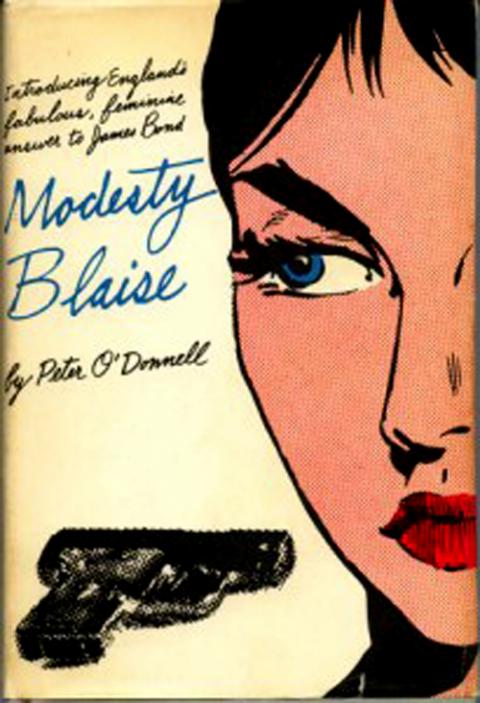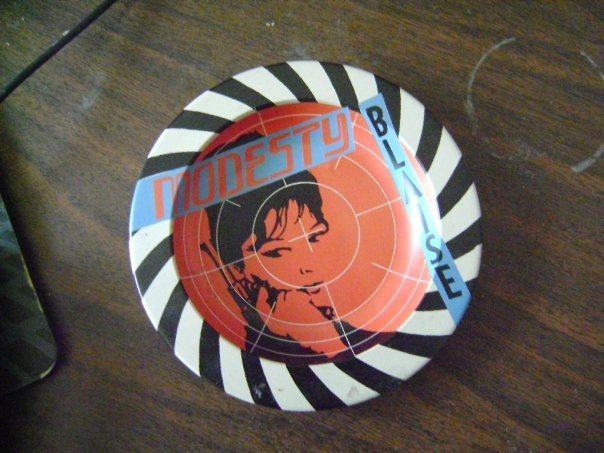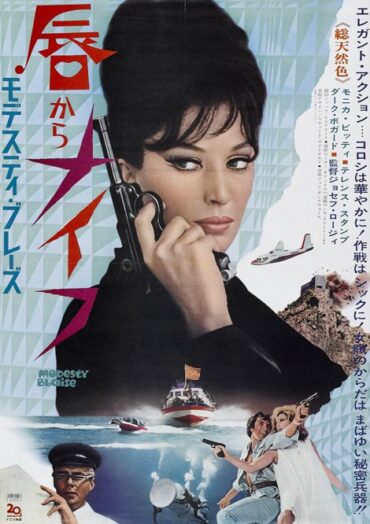Excerpt: Modesty represented power and an ability to reinvent oneself without giving a damn.
I was a child growing up in Kathmandu when my parents gave me a set of Batman and Robin dolls and instructed me to give either one to my favourite playmate and friend, Victor. We were kindergartners, and while I fully understood the mythology of Batman and Robin and that they both fought on the side of good, I devised an alternative story. I gave Victor the Robin doll, and invented a game which involved Batman and Robin fighting to the death. Yelling, “Die, die,” “Boom, boom,” and “KAPOW!”, the vocabulary of warfare I had picked up from the comics, I made them enemies and I made Batman win. Victor, the sweetest playmate I have ever had, took it all in good humour even though he did ask, “Are they really supposed to fight?” At the end of the day, he went home happily with his only slightly battered doll.
This was Kathmandu in the early 1970s, when I was very, very young and lived in a time and place that I have since tended to colour with a tinge of nostalgia. Cat Stevens, who was not yet Yusuf Islam, had popularised the idea of the place with a song that both misspelt and mispronounced its name: it’s spelt “Kathmandu,” not “Katmandu,” and is pronounced “Kahthmandu,” not “Catmandu.” I was, even as a child, strongly aware of the mystique of the city – how could you miss it, in the eyes of the enraptured and immensely stoned hippies who wandered around like grungy flies floating around the temples and stupas that dotted the landscape?

At the time, JS (originally called Junior Statesman, and put out by the venerable and far stuffier Calcutta-based newspaper, The Statesman) was a popular and pioneering youth magazine which, as some have claimed, helped to invent the Indian/subcontinental teenager. JS has since been widely hailed for its cutting-edge reviews, journalism and interviews with everyone from Naxalites to rock stars, but my main interest lay in the comics section, which included the serialised Modesty Blaise strip by Peter O’Donnell. I’ve never let go of my early fascination with Modesty Blaise, who ignited my fantasies and set my imagination adrift, and who may well have been the inspiration for my aggression in the newly invented Batman-Robin Chronicles of War.
Blaise is supposedly based on a real girl O’Donnell and his friends briefly encountered in 1942 when he was stationed in today’s Iran as part of the British army. In the strip, her story is that she escaped from a displaced persons camp in Kalyros, Greece. She wandered, learning to survive in ways whose violent and possibly sexual details are hinted at in various episodes. As a child, she met a Jewish Hungarian scholar and fellow refugee named Lob, who gave her the first name Modesty and taught her everything he knew, including five languages. She would later take the last name Blaise after Merlin’s tutor. Lob died when she was 17, and Blaise went on to form an international criminal gang called “The Network.” Along the way, she met Willie Garvin, a Cockney rogue who became her closest friend. Eventually the two retired, relatively young, from The Network, but were lured into working for the British Secret Service. The Modesty Blaise comics and accompanying thirteen novels are still immensely popular. O’Donnell died in 2010, at the age of 90, but the comic strip went on until 2001.
All of this is standard for the spy fiction of the time but made unique by the insertion of a female character who was unapologetically strong and unafraid to literally take down men. As a child and later as an adult, I was intrigued by Modesty because she was so different from the other women and girls who dominated the comic book landscape. I disliked Wonder Woman, with her silly costume of tiara and boots, and I held her in contempt for leaving her world for a man, Steve Trevor. Modesty had no need for a secret identity, since her cool façade provided all the protection she would ever need from the incursions of the world outside. I loved her easily sexual looks and her jet-black hair, usually piled high into an up-do that would look stuffy and prissy on anyone else but which she carried off with elegance.
I loved her for her sex life, which was presented without apology or, well, without modesty. I remember the shock of delight I felt when she was shown naked from the back, languidly arising from a bed she had just shared with a lover who pleaded with her to stay. She fucked like a man, and her gender was no constraint. Early in the series, we see her trying to say goodbye to an American millionaire who is forcing himself upon her. With a few simple moves, she has him writhing in pain at her feet before she literally throws him into the elevator, calm and composed all the while. Modesty represented power and an ability to reinvent oneself without giving a damn.
I eventually lost touch with the Modesty Blaise strips, after JS shut down production sometime in the 1970s, and as I moved on to undergraduate and then graduate studies in texts that bore no similarity to O’Donnell’s creation (the academic popularity of “graphic novels,” which I still refer to as comic books, had not yet begun). Then, in the late ’90s, I moved to Chicago, fleeing life in Indiana and found myself wandering down the streets of the city’s Boystown area (a predominantly gay neighbourhood) in search of nothing in particular.
I was walking down Halsted Street when a store window caught my eye. It was the sort of establishment that is peculiar to Boystowns everywhere, a mixture of kitsch-style and glam rock, desperately cleaving to a postmodern hipness that has long since faded in its glory. Intrigued nevertheless, I went in and began to browse, largely ignored by a sales clerk who was on the phone discussing the possibilities for the evening and complaining about her roommate. And that was when I saw it, a round plate-shaped object, about 5 inches across, with a swirl of black lines on the edge and a target in the centre. In the flat middle section was the familiar yet long-forgotten face of Modesty Blaise. Her eyes looked warily to the side, and her right hand held a colt perpendicular to her right ear.
The clerk was uninterested in my squeals of delight, clearly wanting to get back to her conversation with her friend. But I was ecstatic about being reunited with my icon, seeing it as a sign – of what, I have never been quite sure. Mostly, I think, I saw it as a validation of the life and possibilities that were being increasingly obscured by a gay and lesbian culture which insisted that meaning could only come from staid respectability and tax breaks, in the form of newly-minted marriage battles. I came out as queer among gays and lesbians who made it clear that sluts like me were to shut up so that the straight world might believe that we deserved our “rights.” Gays and lesbians, who surely had the most reasons to be suspicious of the prison industrial complex, were now clamouring for hate crime laws that would increase penalties and put more people in jail. It may seem like a huge burden to place on the black and white inked shoulders of a woman who only existed on paper, but in that moment it seemed like I had recovered my balance in the world.
Years ago, I thought of returning to Kathmandu to reclaim an idyllic period of my life, or at least what I thought was an idyllic period. I called a travel agent to inquire about fares, only to have her ask where that was. “Nepal,” I replied. And then filled in the silence: “It’s on the northern border of India. You know, Mount Everest.” I never made it, reluctant to exchange my surety of intangible memories for the reality that would return and intrude upon my memories. I never followed the comics to the end, but the always informative Wikipedia tells me that she was killed off in O’Donnell’s novel Cobra Trap, as was Willie shortly after.
Modesty Blaise haunts the world of cultural icons, often appearing as a sly allusion, most notably in Quentin Tarantino’s films. The Bride, or Beatrix, in the Kill Bill films, is clearly modelled after her. In Pulp Fiction, Vincent Vega (John Travolta) is seen carrying around a copy of Modesty Blaise, the first novel based on her, and there have long been rumours of a Tarantino movie. For me, she remains a black and white illustration, the gun cocked close to and away from her face, eyes ever watchful, allowing us to stare and giving us nothing in return. No lost tragedies, no dramas of revelation, waiting silently and tautly, and intently understanding that someone, somewhere might pull the trigger before her.
****
Originally published in No More Potlucks
Don’t plagiarise any of this, in any way. I have used legal resources to punish and prevent plagiarism, and I am ruthless and persistent. I make a point of citing people and publications all the time: it’s not that hard to mention me in your work, and to refuse to do so and simply assimilate my work is plagiarism. You don’t have to agree with me to cite me properly; be an ethical grownup, and don’t make excuses for your plagiarism. Read and memorise “On Plagiarism.” There’s more forthcoming, as I point out in “The Plagiarism Papers.” If you’d like to support me, please donate and/or subscribe, or get me something from my wish list. Thank you.

